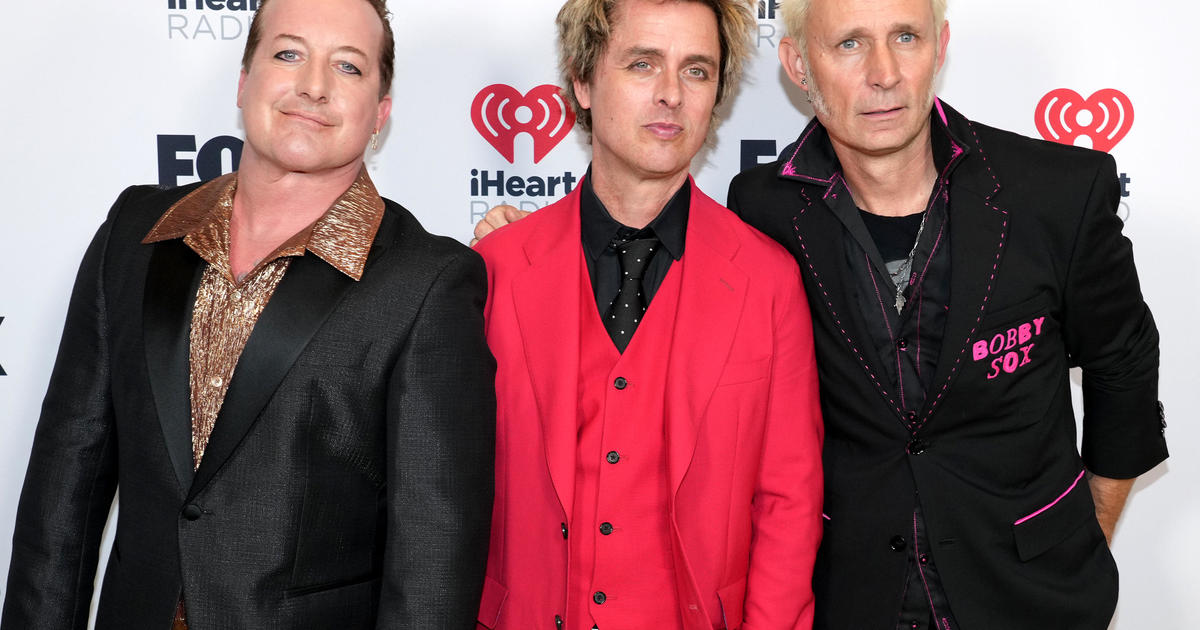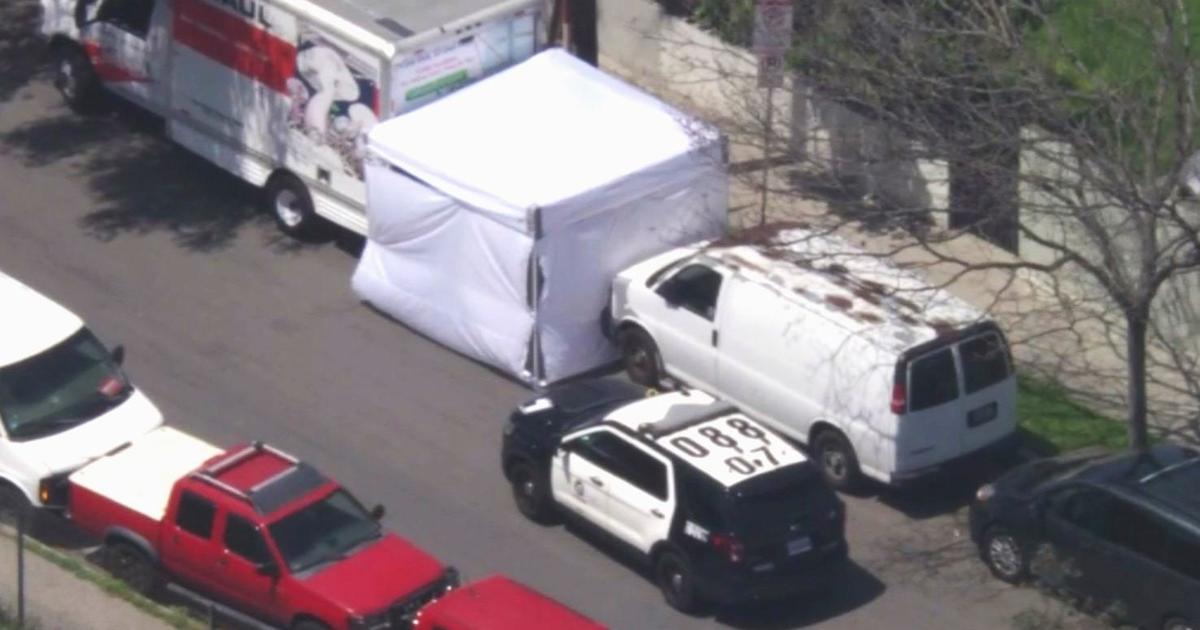SpaceX Cargo Mission To Carry Fungi For Experiments, Inflatable Habitat To Space Station
LOS ANGELES (CBSLA.com) — A rocket set for launch from Cape Canaveral on April 8 will carry fungi to the International Space Station for experiments in using the high-radiation, micro-gravity conditions there to develop new medicines for use in space and on Earth, USC researchers announced Monday.
Other contents of the cargo mission's payload include an expandable habitat, called the Bigelow Expandable Activity Module, or BEAM.
Scientists from USC and NASA's Jet Propulsion Laboratory described the experiments with specimens of Aspergillus nidulans as the first time fungi will be sent into space for the purpose of developing medicine.
The specimens will be aboard the SpaceX CRS-8 mission. The launch will be the Hawthorne-based company's first cargo resupply service mission since CRS-7 exploded about two minutes into flight last June 28.
"Certain types of fungi produce very important molecules called secondary metabolites that are not essential for their growth or reproduction but can be used to make beneficial pharmaceuticals," according to a USC statement. "Examples of secondary metabolites include the antibiotic penicillin and the cholesterol-lowering drug lovastatin."
Researchers said the environment of space could trigger physiological changes in the fungi.
"The high-radiation, microgravity environment in space could prompt Aspergillus nidulans to produce molecules it doesn't create in Earth's less stressful conditions," said Clay Wang, a professor of pharmacology and pharmaceutical sciences and chemistry at the USC School of Pharmacy and the USC Dornsife College of Letters, Arts and Sciences.
"We've done extensive genetic analysis of this fungus and found that it could potentially produce 40 different types of drugs," Wang said. "The organism is known to produce osteoporosis drugs, which is very important from an astronaut's perspective because we know that in space travel, astronauts experience bone loss."
Scientists said molecules from Aspergillus nidulans potentially may be useful in anti-cancer and Alzheimer's disease research.
As for the expandable space habitat, NASA hopes to determine if such inflatable structures are viable for future space missions. Since the inflatable structures are relatively low-volume, they could be more efficiently ferried to space than structures that are already at their full size at launch, NASA said.
(©2016 CBS Local Media, a division of CBS Radio Inc. All Rights Reserved. This material may not be published, broadcast, rewritten, or redistributed. Wire services contributed to this report.)



